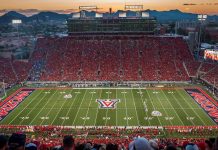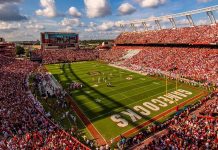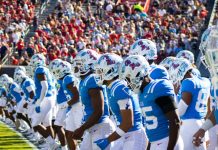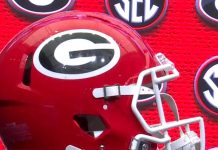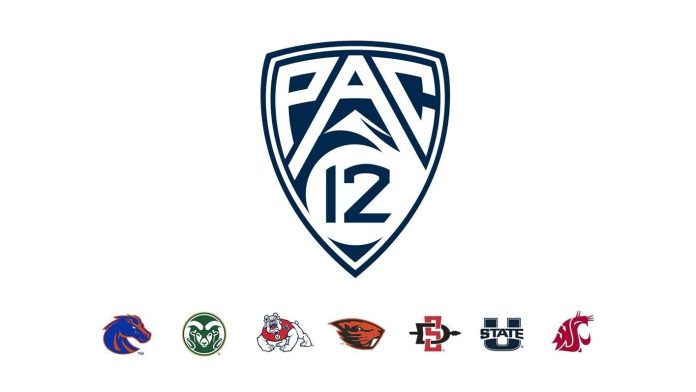The Pac 12 has raided the Mountain West and is not happy that the Mountain West wants to be compensated for losing five schools.
College sports is a business and all the pageantry of college football is nothing but a façade. Players are still not paid directly by schools but the college and university poohbahs know that is going to change soon. With that in mind, the Pacific 12 Conference, which has just two schools Oregon State and Washington State, has decided to raid the Mountain West Conference and has signed up Boise State, Fresno State, San Diego State, Colorado State and Utah State to join them in 2026. The Pac 12 then decided to sue the Mountain West group because of money. It seems the Pac 12 could end up paying the Mountain West Conference more than $50 million for pulling five schools out of the conference. The Pac 12 leaders don’t exactly see it that way and that is why the conference went to court. The Pac 12 doesn’t want to hand money over to the Mountain West.
Meanwhile, the American Athletic Conference is staying intact as four schools announced they are staying with the group. Memphis, Tulane, and South Florida turned down Pac 12 overtures and the University of Texas at San Antonio joined the three schools in putting out a statement that claimed that the AAC is “a conference that prioritizes student-athlete welfare”. Sure. There was also one other part of that statement that rings true. The AAC “has outstanding linear and direct-to-consumer national media partners.” That refers to TV and video platforms. In 2019, the conference signed a deal with Disney’s ESPN and while the money doesn’t approach the Southeastern Conference or Big Ten dollars, each school is getting $7 million annually. It is all about money. College and university presidents are looking at maximizing revenues. The Pac 12 has no TV deal beyond this season but that could change in a New York minute.
Evan Weiner’s books are available at iTunes – https://books.apple.com/us/author/evan-weiner/id595575191
Evan can be reached at evan_weiner@hotmail.com
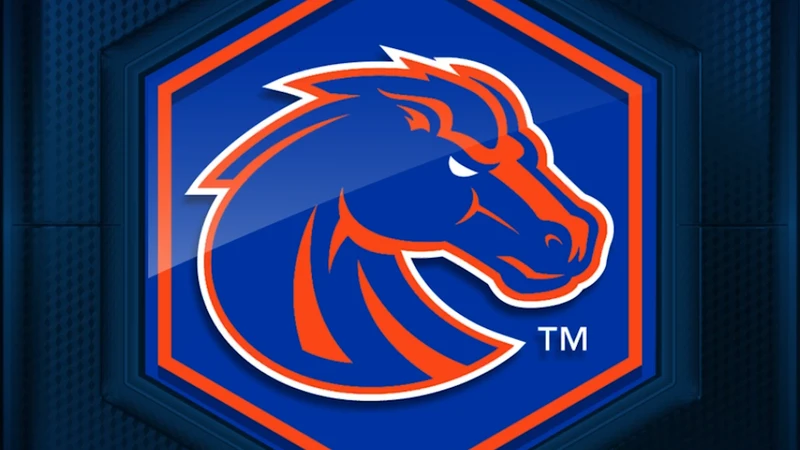
Boise State officials have decided to join the Pac 12.


